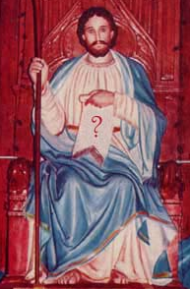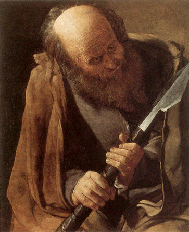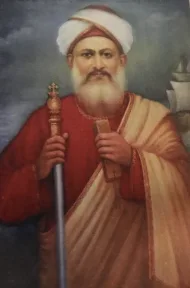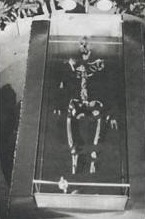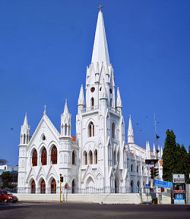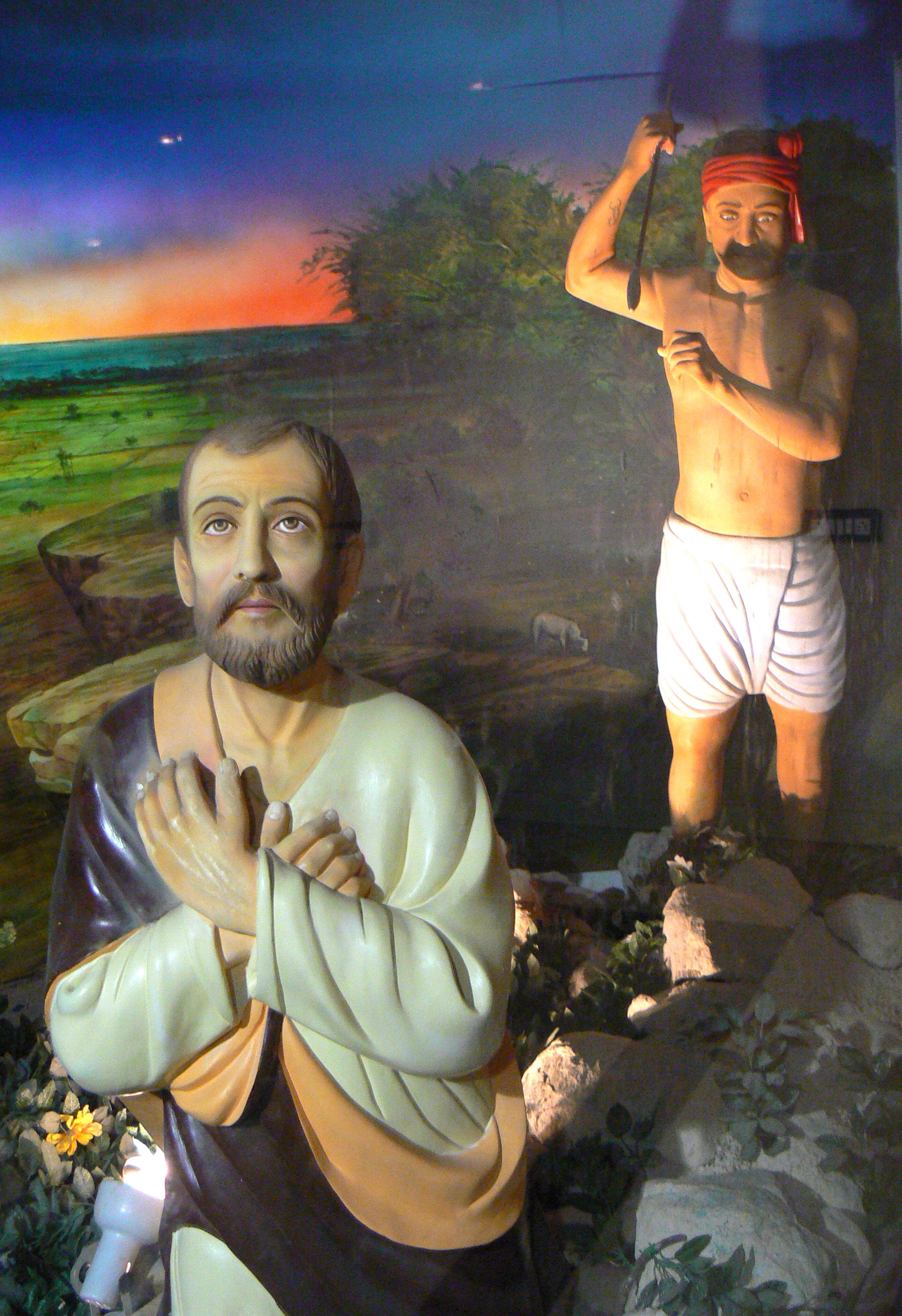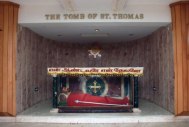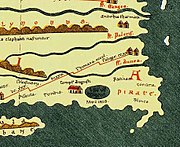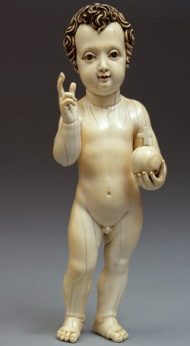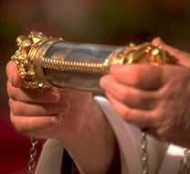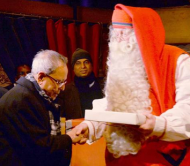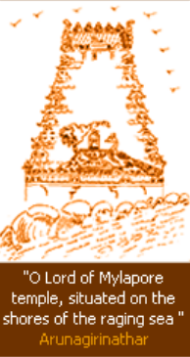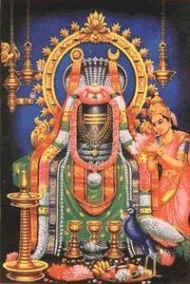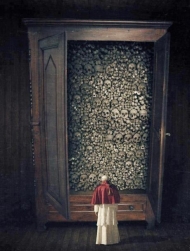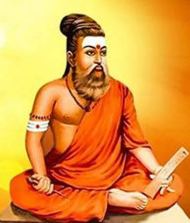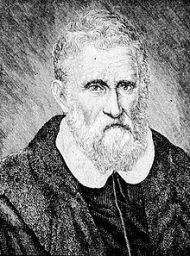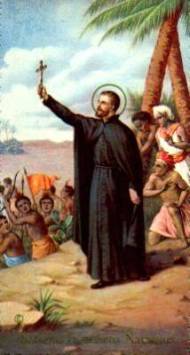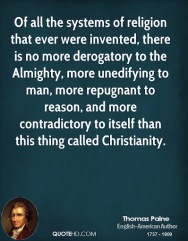In south India, a new identity called Dravidian Christianity is being constructed. It is an opportunistic combination of two myths: the “Dravidian race” myth and another that purports that early Christianity allegedly brought by St. Thomas shaped the major Hindu classics! — Rajiv Malhotra
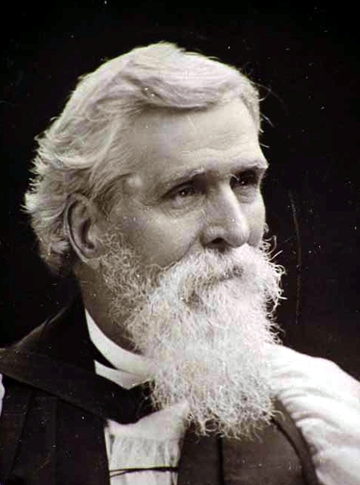
Most liberal Americans are simply unaware of the international political machinations of evangelicals. Funded and supported by the American Christian right, they promote a literal and extreme version of Christianity abroad and attempt to further a fundamentalist Christian political agenda using unscrupulous methods. In India, picking up where the colonialists left off, they have gone so far as to revive discredited racial theories and fabricate scholarship in a dangerous game of divide and rule.
In south India, a new identity called Dravidian Christianity is being constructed. It is an opportunistic combination of two myths: the “Dravidian race” myth and another that purports that early Christianity shaped the major Hindu classics!
The discredited Aryan race theory was discussed in my previous blog. Its counterpoint is the “Dravidian” race theory. Both constructs are equally damaging and have been proven false. The “Dravidians,” the theory goes, were the original inhabitants of the Indian subcontinent and were driven to southern India by the invading, lighter skinned and racially different “Aryans.”
While there is no mainstream “Aryan” political party in India, the Dravidianization of mainstream identity in the southern state of Tamil Nadu keeps the pernicious pair alive. The Aryan/Dravidian constructs are mutually dependent, and have been very successfully used to generate conflict, including violence (as in Sri Lanka in recent years).
The Dravidian race theory originated in 19th century European scholarship when colonial and evangelical interests used linguistics and ethnic studies to formulate imaginary histories and races. While European scholars were busy appropriating the Sanskrit classics as the heritage of Europeans, British linguists Francis Ellis and Alexander Campbell worked in India to theorize that the south Indian languages belong to a different family than the north Indian ones. Meanwhile, another colonial scholar, Brian Houghton Hodgson, was promoting the term “Tamulian” as a racial construct, describing the so-called aborigines of India as primitive and uncivilized compared to the “foreign Aryans.”
But it was a scholar-evangelist from the Anglican Church, Bishop Robert Caldwell (1814-91), who pioneered what now flourishes as the “Dravidian” identity. In his Comparative Grammar of the Dravidian Race, he argued that the south Indian mind was structurally different from the Sanskrit mind. Linguistic speculations were turned into a race theory. He characterized the Dravidians as “ignorant and dense,” accusing the Brahmins―the cunning Aryan agents―for keeping them in shackles through the imposition of Sanskrit and its religion.

His successor, another prolific missionary scholar, Bishop G.U. Pope, started to glorify the Tamil classics era, insisting that its underpinnings were Christianity, not Hinduism. Though subsequently rejected by serious scholars of Tamil culture, the idea was successfully planted that Hinduism had corrupted the “originally pure” Tamil culture by adding Sanskrit and pagan ideas.
Meanwhile, an increasing number of Tamil leaders began to embrace the Dravidian identity. This evolved into Tamil chauvinism that was initially secular and not religious. It was fed by the theory that in the Indian Ocean there once existed a lost continent called Lemuria (similar to the Atlantis myth), the original homeland of the Dravidians. Accounts glorifying Lemuria were taught as historical fact under British rule, because this exacerbated the regional fault lines. After India’s independence, Dravidian identity entered politics, and now dominates the state’s power structure.
The Dravidian identity is now being increasingly Christianized. A new religion called “Dravidian Christianity” has been invented through a sudden upsurge of writings designed to “discover” the existence of quasi-Christianity in Tamil history prior to the coming of the “Aryan” Brahmins. The project is to co-opt Tamil culture, language and literature and systematically cleanse them of Hinduism. Christian interpretations and substitutes are being injected into the most cherished symbols, artifacts and literary works of Tamil Hindu culture.
The preposterous claim is that Tamil classical literature originated in early Christianity. The Tamil classical tradition consists of two great components: an ethical treatise called Tirukkural (abbreviated Kural, authored by the great sage Thiruvalluvar), and a sophisticated Vedanta philosophical system called Saiva Siddhanta, which traces its origins to the Vedas and was nurtured by many Tamil savants over the centuries. Dravidian Christianity appropriates both these foundational works, attributing them to Christian influence. To make this credible, the pre-Christian date for Kural has been replaced by more recent dates.
The narrative used is that St. Thomas, the apostle, visited south India and taught Christianity to the great sage, Tiruvalluvar, who was inspired by Christianity, but did not capture St. Thomas’ message accurately. This is often portrayed in recently published paintings showing the sage sitting at the feet of St. Thomas, taking notes. Sanskrit is downgraded as a language created by St. Thomas to spread the Christian message to the uncivilized north Indian races.
The Indian church has periodically announced archeological “discoveries” to back the visit of St. Thomas to south India, but none of them have been verified by professional archeologists. Even the famous Jesuit archeologist, Father Heras, dismissed the so-called discovery of Thomas’ tomb in Chennai.
Western churches send billions of dollars to Tamil Nadu, the epicenter of the project to harvest Indian souls. While the sheer scale of intellectual fraud and prejudice is breathtaking, the church’s political clout has enabled it to permeate university research, education, museums, politics and film. The state government is even supporting the production of an epic feature film on St. Thomas that will popularize this myth.
The Dravidian Christianity movement has organized an entire series of international conferences over the past decade, where its scholars make outlandish revisions to Indian religious history. They claim that the Bhagavad Gita, Tamil classics and even Sanskrit originated after Christ and under the influence of Christianity. The crackpot Lemurian theory pops up as well. A 2005 conference in New York had the theme, “International Conference on the History of Early Christianity in India.” Senator Hillary Clinton greeted it with the message:
“I am confident that the breadth of resources presented during the conference will shed light on the impact of Christianity on medieval and classical India and its effects on the cultural and political climate of India….”
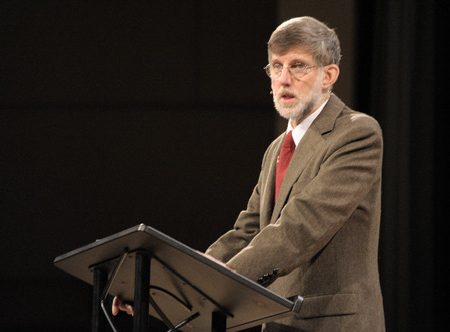
Dravidian Christianity has penetrated high places. For instance, Marvin Olasky, an advisor to President George W. Bush, declared that “the two major denominations of Hinduism―-Vishnu-followers and Shiva-followers―arose not from early Hinduism but from early Christian churches probably planted by the apostle Thomas in India from AD 52 to 68.” He goes on to explain to his American readers how Christianity brought many key notions into Hinduism.
In Breaking India, I demonstrate how an influential nexus of Christian funded institutions and scholars, often supported by western governments, are indulging in large-scale manipulations similar to those in colonial times. Meanwhile, in one of Chennai’s most prominent public places stands a magnificent statue of Bishop Robert Caldwell, the icon who gave the Tamil people their “true history.” Huffington Post, March 29, 2011

13.079808
80.270081








